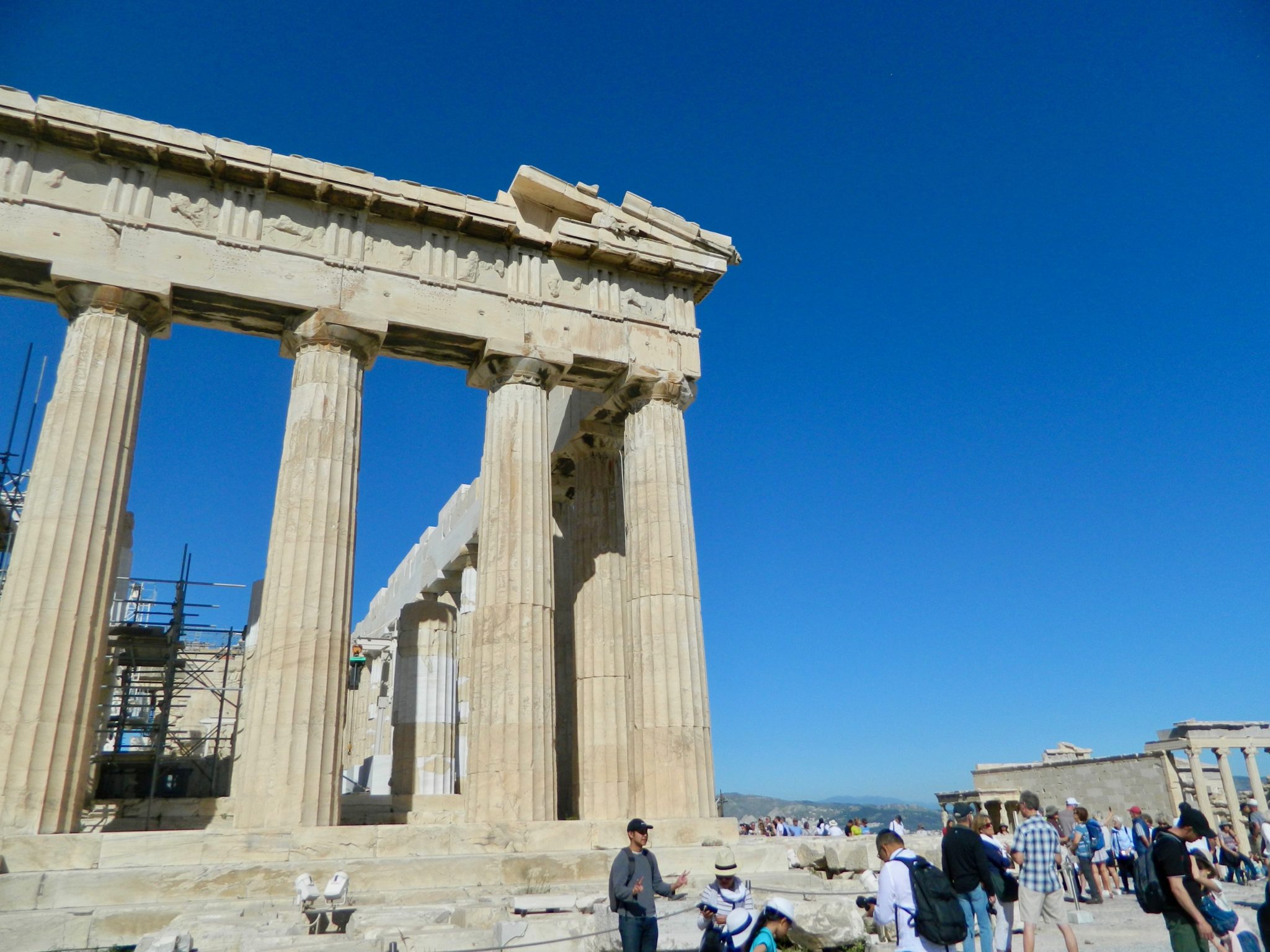No trip to Greece’s capital, Athens, would be complete without a visit to the almighty Acropolis.
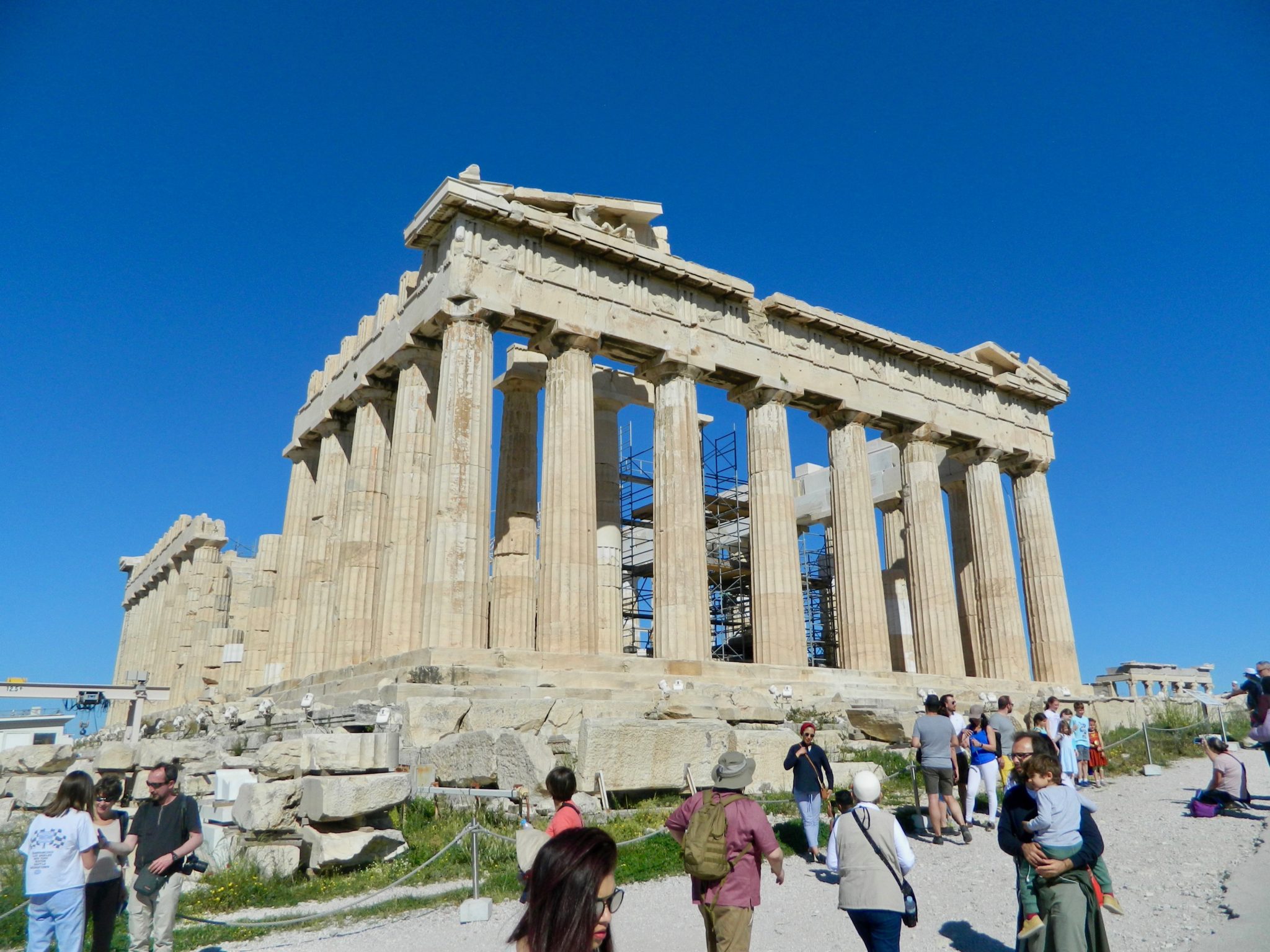
As it was my first time in Greece, I knew I had to go. Athens (Αθήνα) itself is the namesake of the goddess of wisdom, war, strategy and all that jazz, the one and only, Athena, to whom the Parthenon is dedicated on top of the greater Acropolis of Athens. In reality, there are many acropolises throughout Greece, but this one is by far the most famous.
As a point of business, to arrive in Athens proper where the Acropolis is located, one must leave the airport by car, bus, or metro. I would suggest metro, which is by far the most popular route. Tickets can be purchased beforehand; the special airport ticket costs 10 euros and must be bought going to and from the airport.
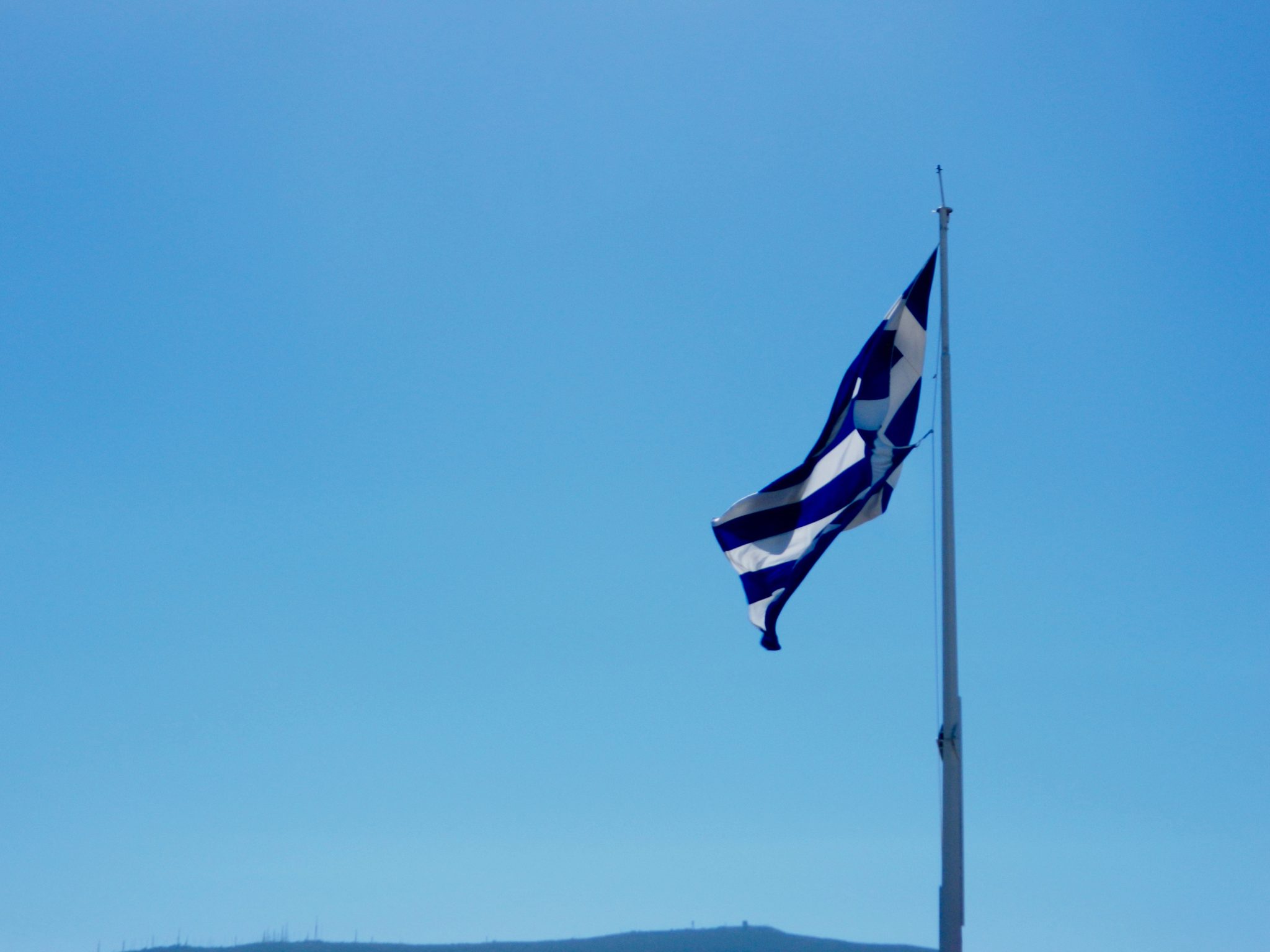
(Photo credits by PintsizedPioneer)
I stayed in a lovely apartment in the area known as Victoria. It is quite lively with new immigrants, refugees, young families, and businesses of all sizes mixing together. Victoria Square was the closest subway stop from my position, which easily granted me access to the rest of Athens.
To the Parthenon
The Acropolis stop (Ακρόπολη) is located on the red line. There are only four main lines in Athens (excluding the tramlines), and for reference, the airport stop is located on the blue line. Additionally, Victoria Square is on the green line, which is only three stops away from the Acropolis with one transfer. Trains run pretty regularly unless it is a holiday or a strike (but more on that later), so do not expect to spend more than 15 minutes waiting for any given train.
It pays to know how to read Greek to navigate through the Athenian cityscape. I am literate in the language, but my pronunciation is not very good as a result of how precise Greek stress and emphasis are. Reading the subway maps was good practice for me overall, but thankfully, there are English transliterations too.
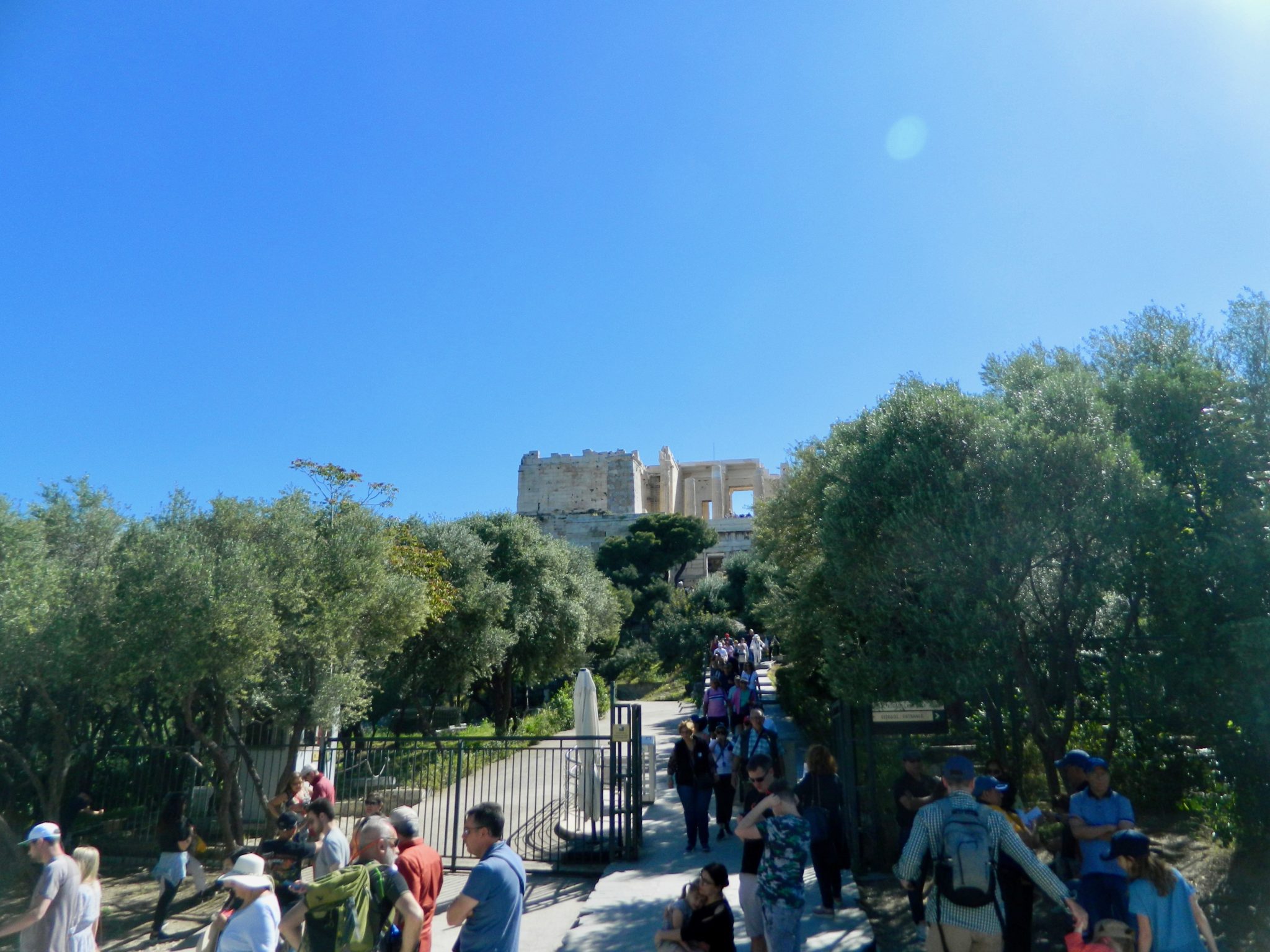
Before I proceed any further, I should warn – Be careful of pickpockets (at all times).
I did not really believe it was as bad as people generally say it is in Greece when it comes to petty theft. However, my host warned me that days before I arrived, he caught someone’s hand in his own pocket fishing for his phone. Also, while descending into a subway, a new French-Canadian friend caught a woman whose hand was darting into her purse just as she was closing it. Wow!
It may look dorky, but keep backpacks and other bags closed and in front of oneself. Be aware of all surroundings and avoid putting valuables in easy to access pockets.
Arriving at the Acropolis
One of my hosts’ friends who was also staying in the apartment for a bit advised me to head early to the Acropolis. I took her advice, which payed off greatly. As one will soon see …
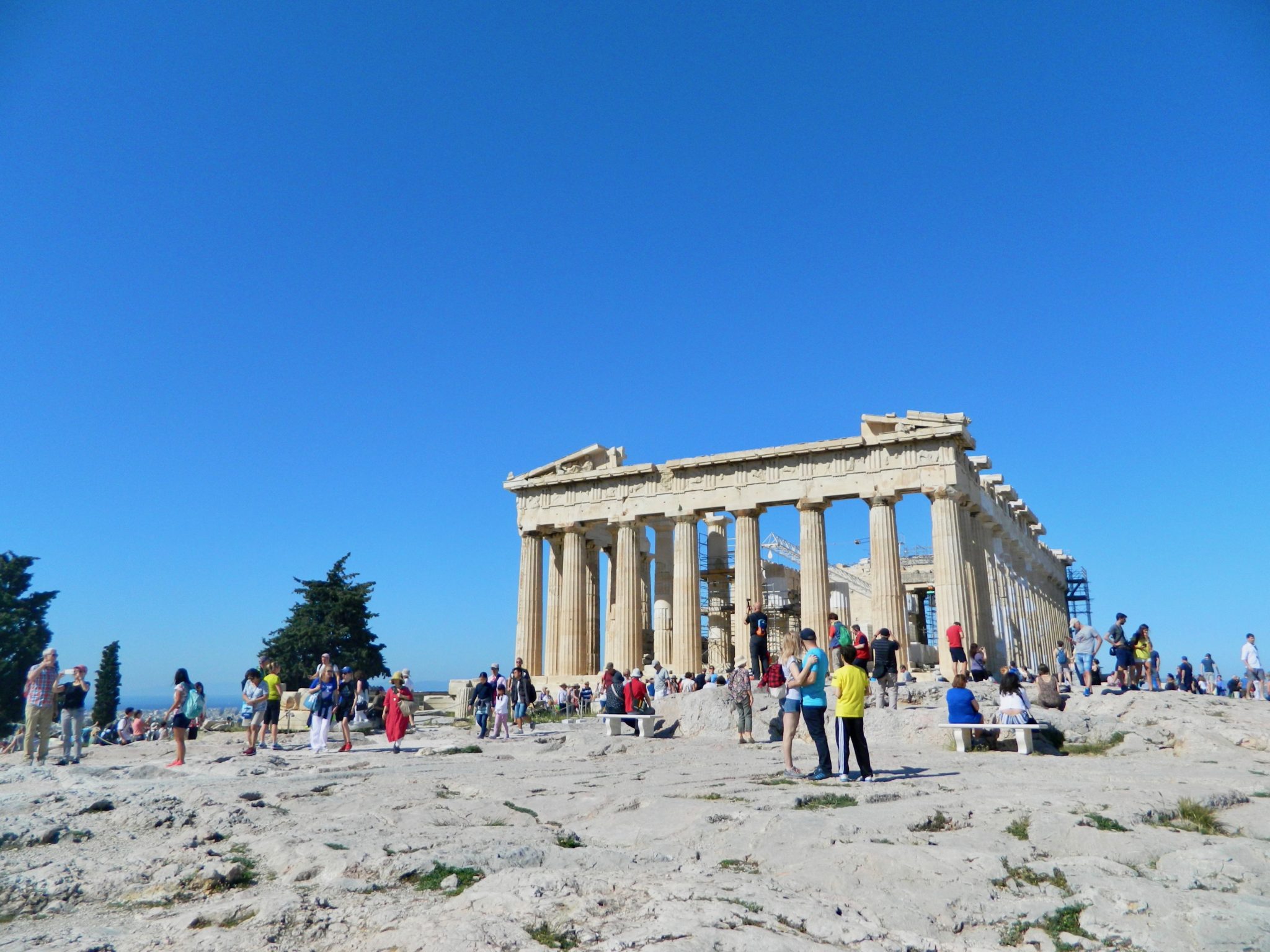
(Photo credits by PintsizedPioneer)
Coming out of the subway, I followed the other obvious tourists toward the base of the mount where a line had already formed. One can purchase tickets beforehand online, but I did not manage to book one before leaving. Also, I would have had to wait in the same line anyway to verify my purchase and collect it.
In fact, there are many entrances to the Acropolis, but if time is of the essence, just find the closest one. All of them head the same way anyway! However, the entrance by the Theatre of Dionysus is usually a little less crowded. Shhhh.
This queue (by the aforementioned theatre) was quick enough, but unfortunately, the ticket saleswoman did not accept my Lund ID as valid for the discount.
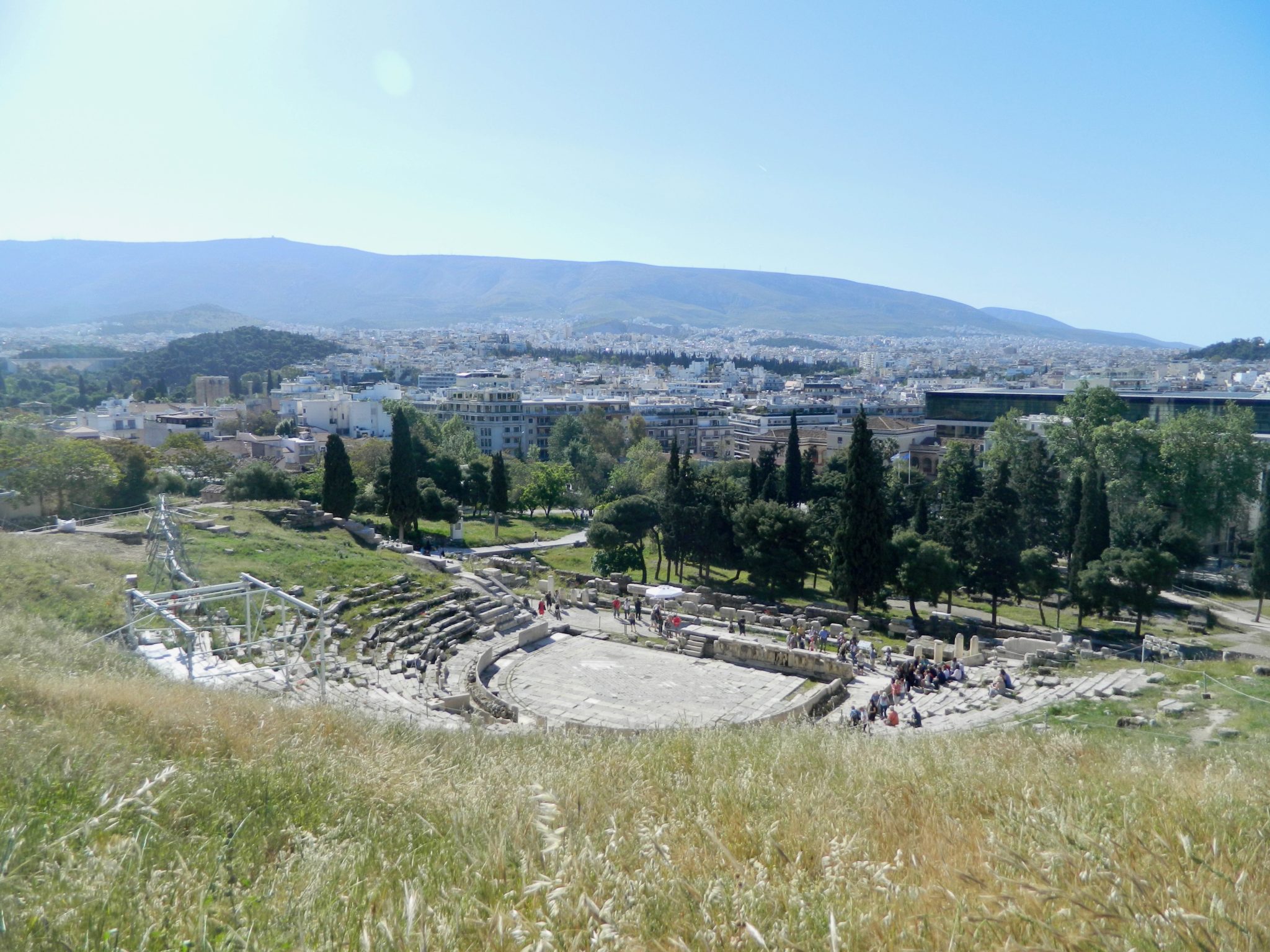
Ticket discounts vary for the university students of non-EU institutions, the elderly, parents of multiple children and school chaperones. However, free entry is also available for students of EU institutions, people younger than 18 years, tour guides, and a select other few. There are also some free days, but they are pretty sporadic (i.e. International Museum Day)! No point planning one’s whole trip around them.
I was slightly disappointed because the tickets cost anywhere from 15 to 30 euros depending on the package. The extended package (for 30€) allows one to enter Hadrian’s Library, both Agoras, the Lyceum (where Aristotle found his philosophy school) and a few other famous sites around central Athens and is valid for three days. For those history buffs, it might be worth it; however, the other sites themselves are pretty cheap — so no pressure to buy the pass there.

(Photo credits by PintsizedPioneer)
Confusingly, the Acropolis ticket itself (including its extended package) does not cover the adjacent Acropolis museum entrance. However, the woman at that desk did accept my Lund ID as valid, which let me enter for free!
Administration in Greece is a little more relaxed than I am used to in Sweden, so it is possible to luck out and get a little special treatment here and there.
Ascending the Acropolis
The word Acropolis itself is a compound of the Greek ἄκρον ‘akron’ or ‘highest point’ and πόλις ‘polis’ or ‘city’. Thus, it means something like the highest part of the city. And, boy, is it!
In reality, the Acropolis houses numerous monuments, not just the Parthenon of Athena. The Acropolis was a bustling epicentre for exchange in the ancient city state, which means it also had many uses.
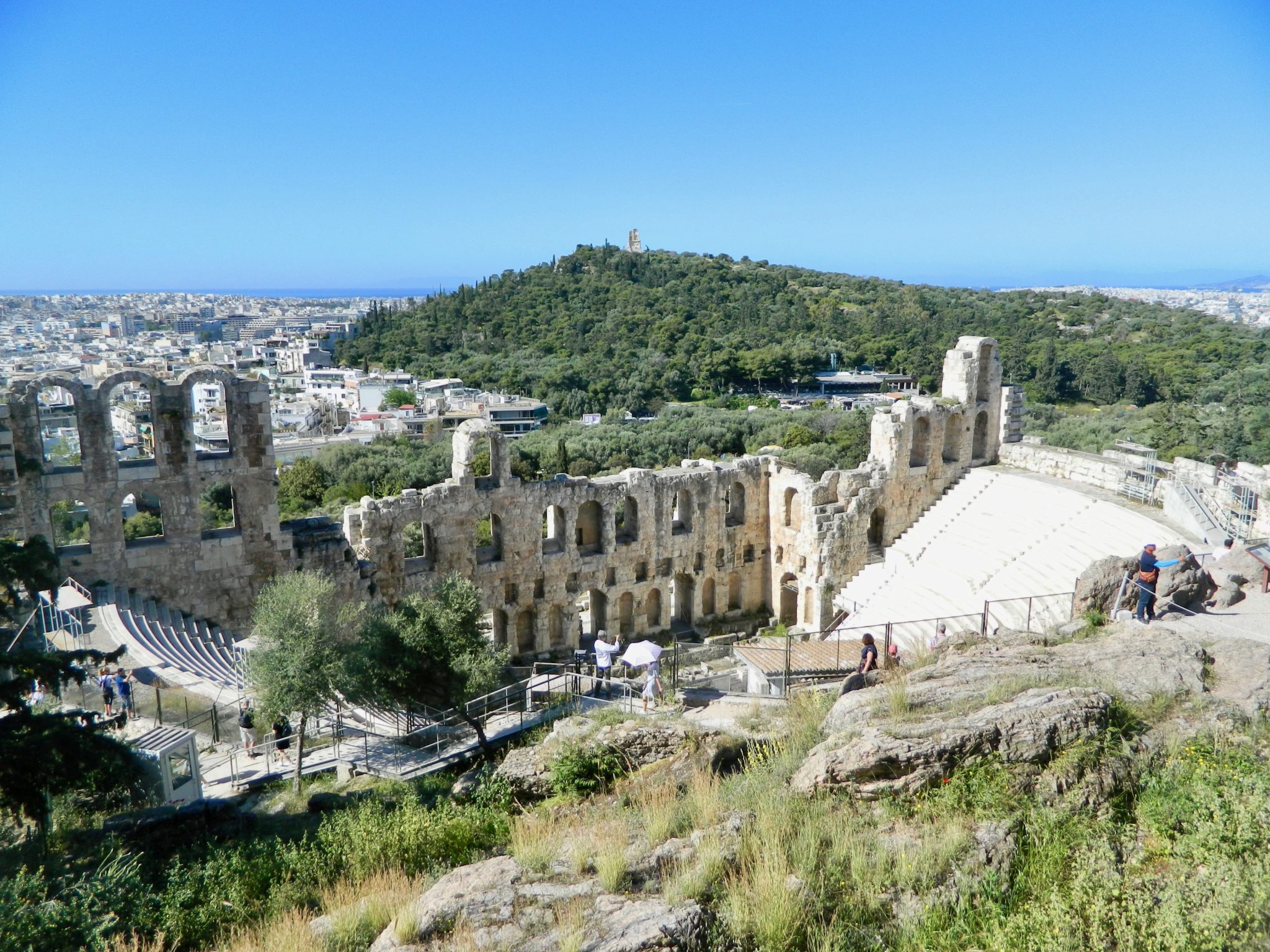
As one ascends the steep and numerous stairways to the top, the Theatre of Dionysus and Odeon of Herodes (both ancient amphitheatres) are popular pit stops to take in. The next major site that one will encounter is the Propylaea.
The Propylaea is the constructed entrance to the plateau with the rest of the main monuments across the threshold. It is usually heavily congested with tourists from all over the world. Be quick taking pictures because workers will be directing traffic and must be completely desensitised to visitors’ feelings at this point. They will shout at you! And, they do not care.
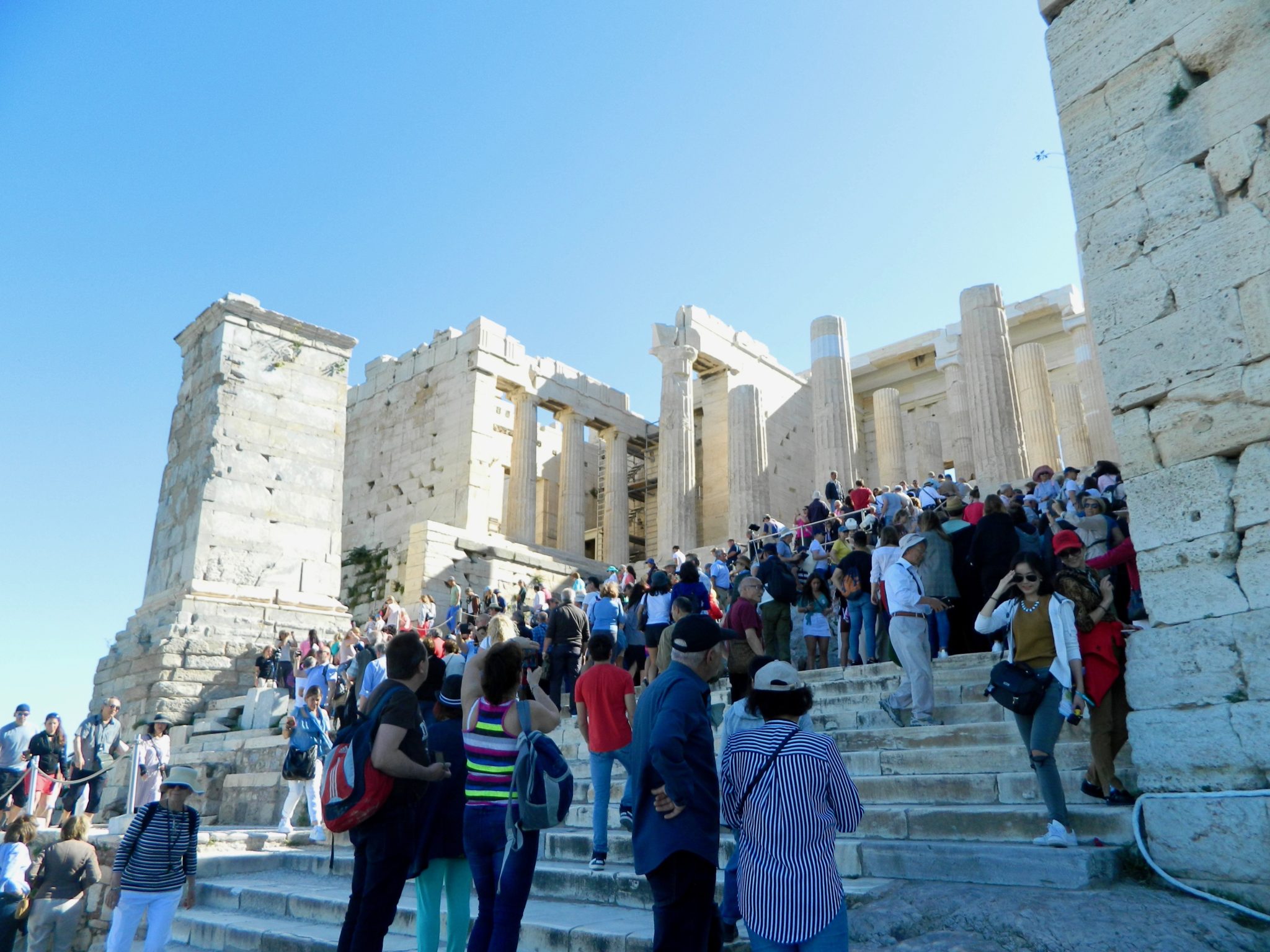
It is honestly a sea of people! And, I came in the morning, no later than 10 AM.
The Main Mount
On top of the Acropolis rests the Parthenon, which is dedicated to Athena as well as another smaller temple in her honour too called the Temple of Athena Nike. To be honest, most sites here have something to do with Athena (obviously); for example, the Erechtheion was built for both Poseidon and Athena who in fact in mythology were regarded as rivals most times. Awkward.
Back in the day, religious sacrifices and festivals would be celebrated at these and many other places of worship on the mount. These festivities were quite large and would rival even the Olympic Games. It is not hard to imagine with all the crowds that one sees today that this place could get bumping back then. Especially with wine.

Of course, the Acropolis of today is quite different. The area’s formal restoration began in 1975, but has been significantly halted in recent years. For this reason, do not be surprised that one’s Acropolis/Parthenon shots have some scaffolding and metal rods in them. Modern warfare as early as the 17th century has contributed to the site’s degradation too; however, for the most part, everything is intact. Except for the things that no longer have foundations … Those are gone. Historically, looting has also been an issue.
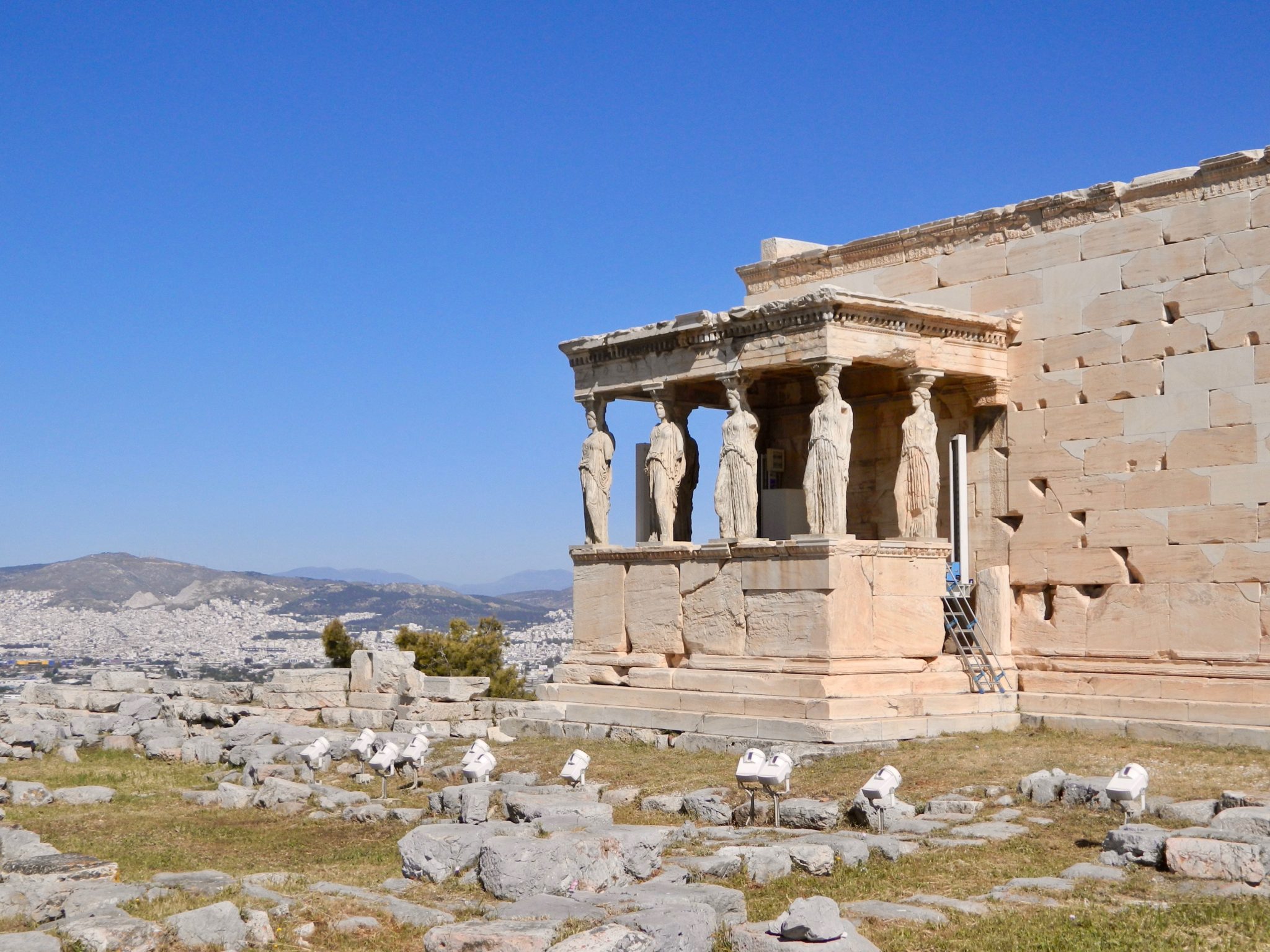
If one wants the real run-down and not my abridged history, it is best to join one of the many tours that start from the bottom. Guides will be a few euro per person per group, and most are multilingual and well informed. I heard Spanish, German, English, French, and Korean being spoken the day I went. As for me, I was content eavesdropping here and there and looking factoids up later (or heading to a museum for answers)!

(Photo credits by PintsizedPioneer)
Also, for about forty euros, one can pre-book a tour online, which will let he or she skip the initial wait in the queue. However, as always, just practicing a little patience can save some money. I personally do not think it is worth pre-booking. Just wake up early; drink some Greek coffee!
Descending/ Escaping the Heat
Another reason to visit the Parthenon earlier rather than later, besides the crowds, is the heat. As a result of its openness to the elements, on a sunny day, there is no cover. If one overheats easily, definitely bring some water and take a breather after leaving the site. The hike up is long, and by 12 PM, the top is surprisingly toasty. I am guessing the body heat from all the guests does not help either.
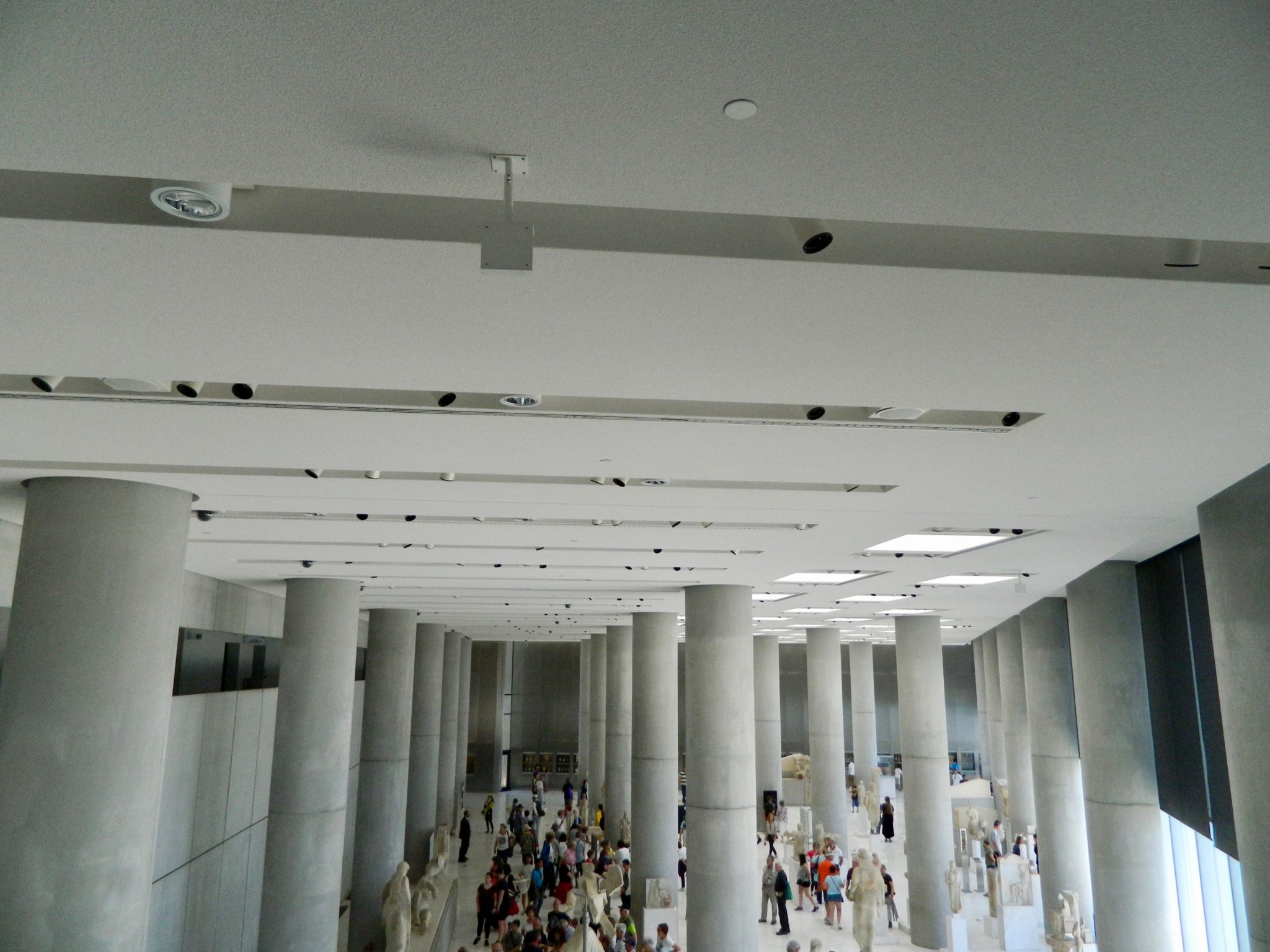
After the Acropolis itself, I decided to visit the new Acropolis museum (Μουσείο Ακρόπολης), which is located just south of the real thing.
Tickets can also be bought prior to entry, which lets one jump the line to verify their purchase. In the summer, the general price doubles from 5 euros to 10, but as I mentioned before to my luck, similar discount rates to the Acropolis apply.
The museum itself is rather new and was a centre of controversy, as it was built above an archeological site and its addition had consequences for the entire neighbourhood. However, it is certainly built now and it is not going away anytime soon! It welcomes thousands of guests daily.
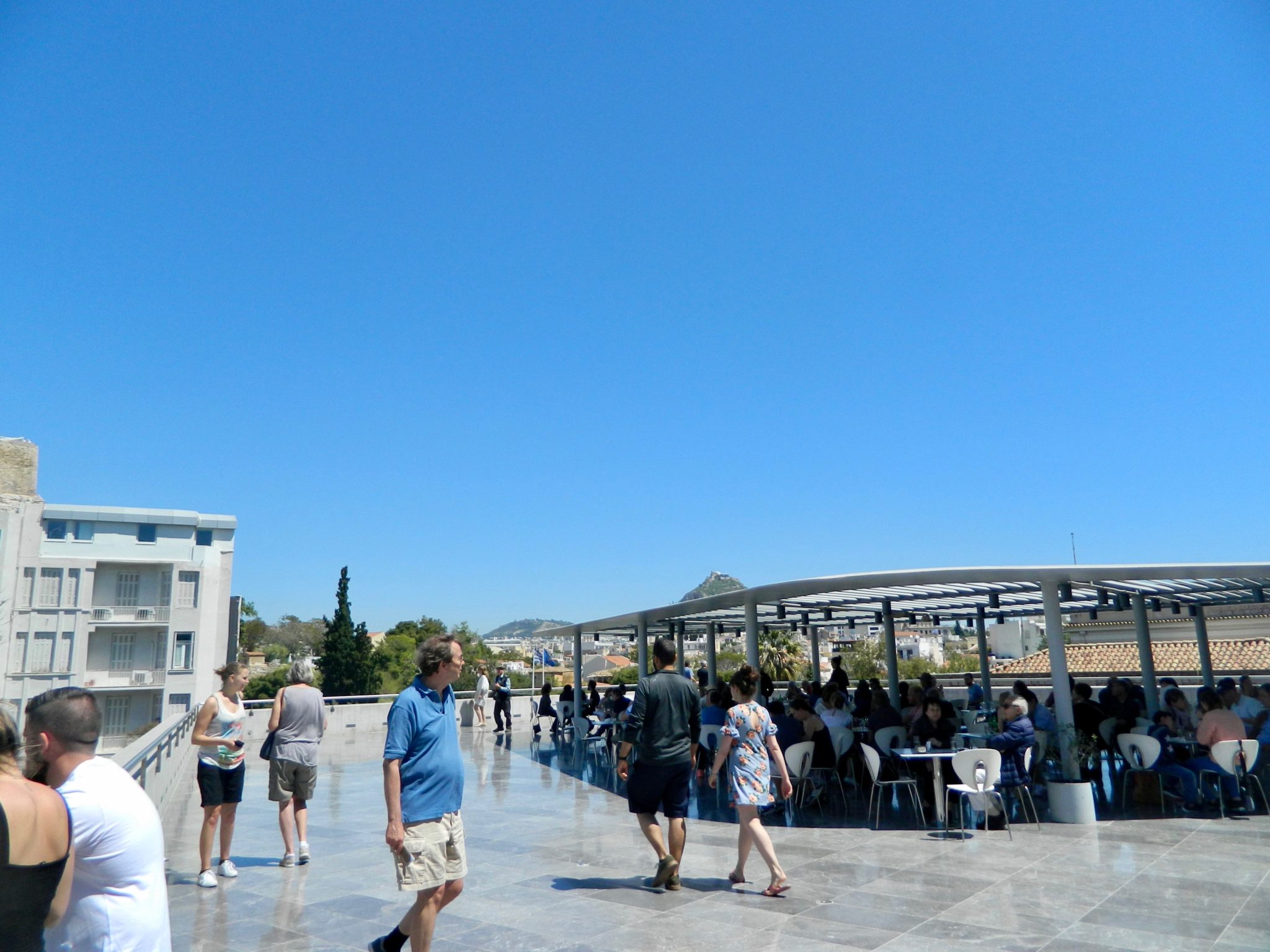
(Photo credits by PintsizedPioneer)
Multi-levelled and housing various artifacts from the Acropolis excavation sites, it is one of the most spectacular museums I have ever had the pleasure to visit. First, it is air-conditioned, which is great after a morning on top of the mount. Secondly, the sheer amount of statues, sculptures, and carvings is incredible.
Its architecture allows its visitors to enjoy scenic views of the Acropolis while also observing up close details of the artistry that once adorned it. Well, most of the artistry anyway.
More Marble and Controversies
It would be irresponsible to talk about the Parthenon and museums without a mention of the Elgin Marbles. Also known as the ‘Parthenon Marbles’, this array of statues that once resided on many of the major monuments on the Acropolis are now in the British Museum in London.

Odd. Why?
Opinions and reasons are mixed. Some argue that the British, who removed these pieces in the early 1800s, were right to take them as a result of who held authority in the region (although this claim is dubious at best) and that the British Museum could better protect the marbles’ integrity and wholeness from looting and other means of degradation. However, many also believe that these marbles should be returned to be with their sister pieces who were not taken (and now reside in this new museum) and with the Greek people. This case is one of the largest and most famous in repatriation discourse in the museum world.
On the top floor, one can see a beautiful view of the Acropolis and where these ‘stolen’ pieces would line up along with the ones that remain.

After thoroughly touring around the museum, I left satisfied at approximately 2:30 PM. Overall, I spent about 5 hours at the Acropolis-Acropolis Museum sites, which were worth every minute. Arriving early let me beat the lines and heat, and I was able to be in the calm and regulated indoors during the hectic lunch hour midday.
One Last Alternative
On a final note, be prepared, vigilant, and patient during your visit! Crowds are to be expected at every hour. However, if one wants a great view, try going at night as well.

When night arrives, one cannot climb the Acropolis anymore, but walking around the perimeter at night is pretty magical with the lights illuminating it on top of its hill. I highly recommend during a quiet evening visiting the surrounding neighbourhood of Plaka. It is the perfect place to enjoy some wine, music, and the nighttime view.
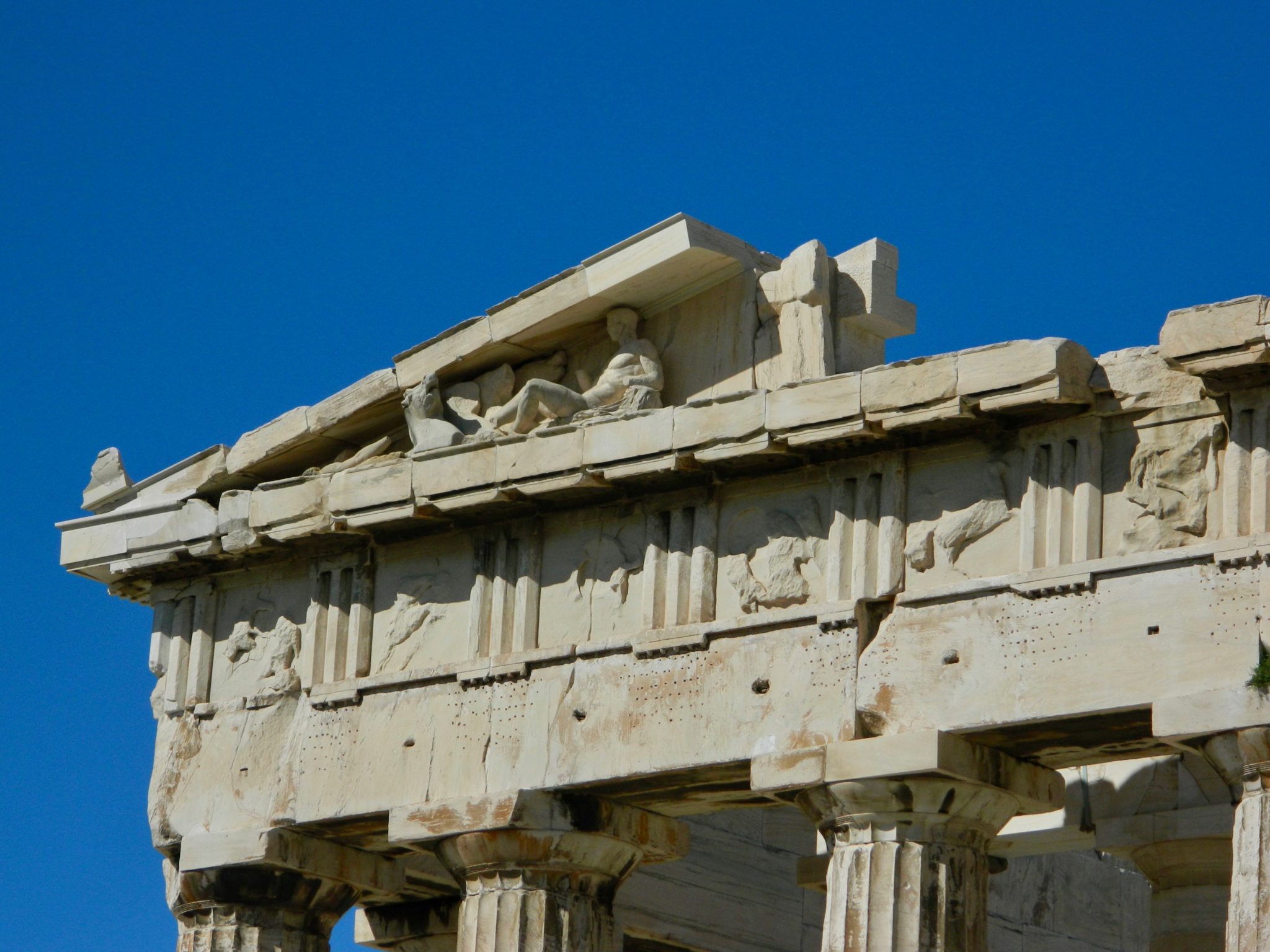
(Photo credits by PintsizedPioneer)
I went with some new friends through the Couchsurfing app to Yiasemi, which has a funky rooftop atmosphere with cocktails over one of Plaka’s iconic stairways. On a cool evening, nothing is better. If you are up for it, you can begin and end your day at the Acropolis! (Just wake up early!)
My writing of these Greek posts has been a bit delayed as a result of school and work. And, soon more travels! I am off to Portugal tomorrow, but am determined to publish the posts about Greece I have lined up in my queue before any Iberian shenanigans come to pass. Look out for some information about getting the most out of Greek Orthodox Easter in Athens soon! Travel safe and often.
